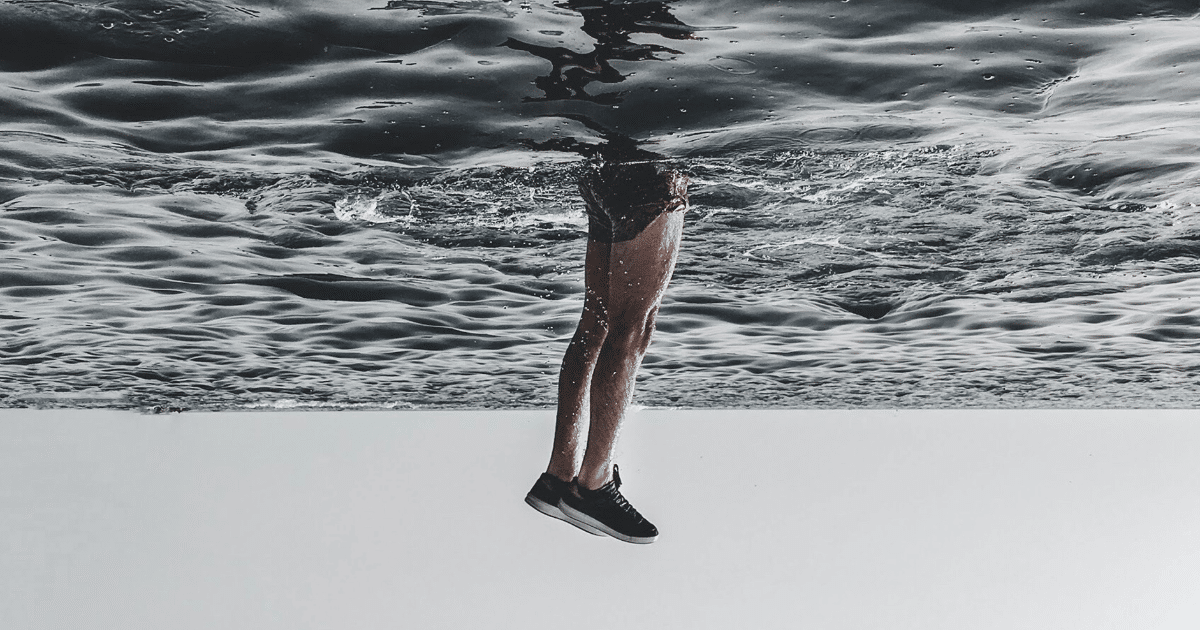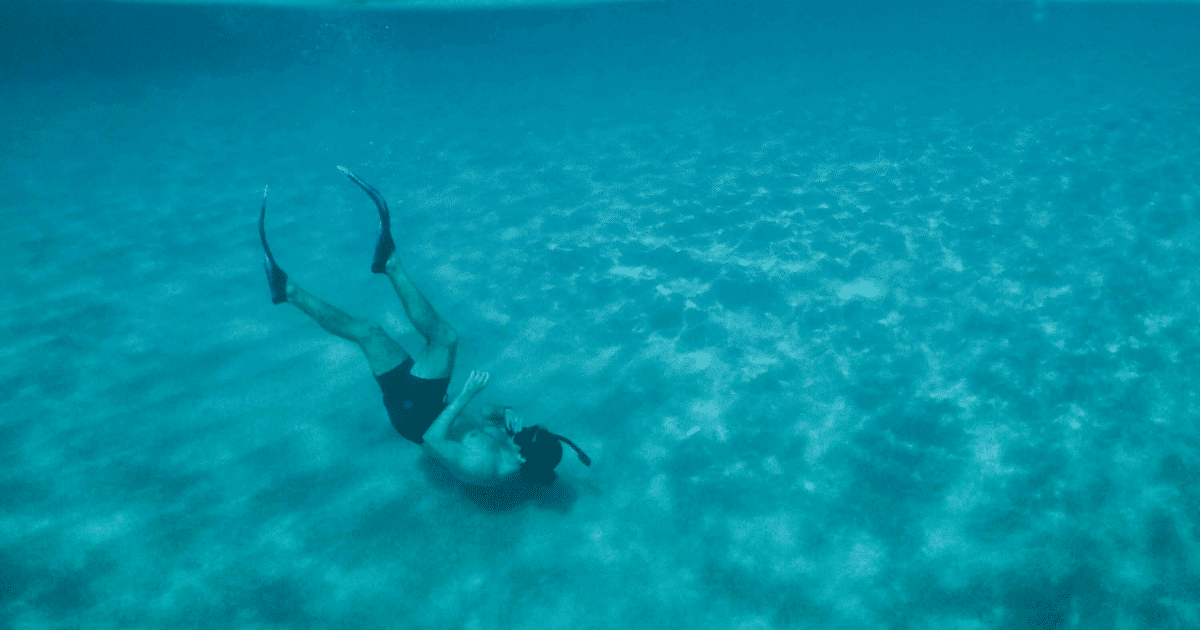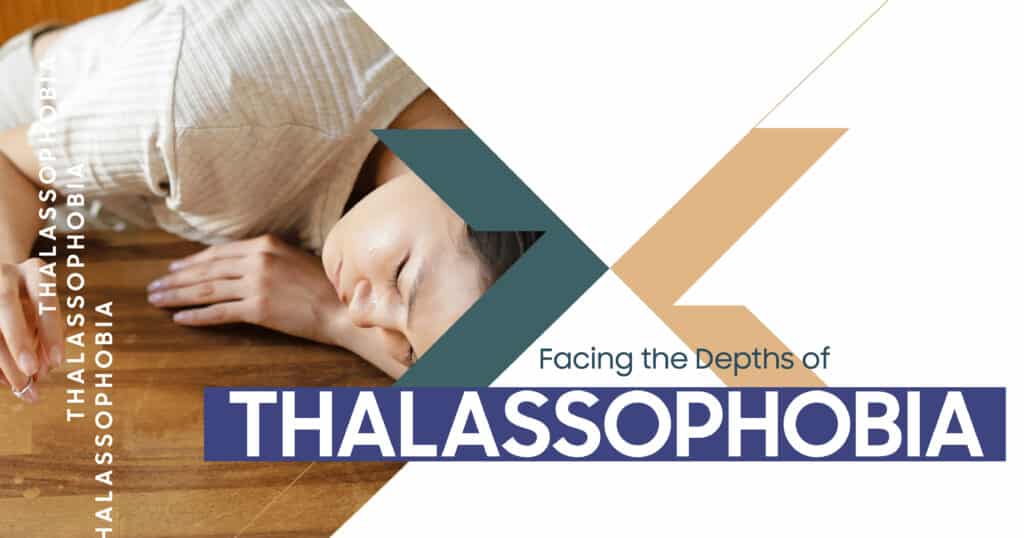Thalassophobia is the fear of the ocean or large bodies of water, often stemming from a deep-rooted anxiety about the sea’s vastness, darkness, and mystery. What is thalassophobia? It is a condition that affects many individuals, triggering intense feelings of fear or discomfort when they are near or think about the ocean. If you or someone you know experiences anxiety around large bodies of water, you may be experiencing thalassophobia. Understanding this condition and its impact on daily life is crucial, as it can help identify effective treatment options.
What is Thalassophobia? Definition and Overview
Thalassophobia is more than just an average fear of the ocean. It’s a severe anxiety disorder that affects people when they are near or even think about the oceans or vast bodies of water. The term “thalassophobia” originates from the Greek words thalassa (meaning “sea”) and phobos (meaning “fear”), and it is often associated with a fear of the unknown or the fear of what lies beneath the water’s surface. People with this phobia may experience intense anxiety, panic attacks, or feelings of being overwhelmed when faced with situations related to large bodies of water.
Key aspects of thalassophobia include:
- Fear of the ocean or sea. The mere sight of large bodies of water may cause distress.
- Deep water anxiety. Anxiety related to being in deep water or submerged.
- Fear of sea creatures. The fear of unknown marine life lurking beneath the water’s surface.
Common Triggers of Thalassophobia
For those who have thalassophobia, specific triggers often intensify their anxiety. Let’s explore some of the most common triggers.
Anxiety Around Deep Water
Deep water is a significant trigger for many individuals with thalassophobia. The vast unknown of the ocean and its depths can provoke fear and unease. People with this fear may avoid activities like swimming, boating, or even being near deep bodies of water due to the overwhelming anxiety they experience.
Fear of Large Bodies of Water
Whether it’s the ocean, lakes, or even large rivers, any large body of water can evoke the fear of the unknown. The sheer scale of the water can be intimidating, especially when someone feels they have no control over the situation.
Underwater Environments as Triggers
For some, underwater environments amplify their anxiety. The sensation of being submerged underwater and unable to see what’s around them can cause feelings of entrapment. This fear can also be triggered by the possibility of encountering unfamiliar sea creatures or the fear of drowning.
| Triggers | Description |
| Deep Water Anxiety | The fear of being in or near water that is too deep to see the bottom or understand. |
| Fear of Large Bodies of Water | The overwhelming scale of oceans, lakes, or rivers can trigger feelings of helplessness. |
| Underwater Environments | Being submerged underwater or imagining oneself in an underwater environment causes extreme anxiety. |
| Fear of Sea Creatures | Concern about the unknown marine life lurking beneath the water’s surface. |
| Fear of Drowning | The fear of suffocating or being trapped underwater can intensify anxiety during water exposure. |
Thalassophobia vs. Other Ocean-Related Fears
While thalassophobia is the fear of the ocean itself, it can overlap with several other related worries. Let’s break down these fears to understand better how they differ from thalassophobia.
Fear of Sea Creatures
Many people with thalassophobia also fear sea creatures, such as sharks, jellyfish, and other marine life. This fear can stem from the unknown nature of what lives beneath the ocean’s surface. The thought of encountering dangerous or unknown creatures contributes to the anxiety surrounding large bodies of water.

Fear of Drowning
The fear of drowning can be closely related to thalassophobia, especially for individuals who have experienced near-drowning incidents. This fear intensifies when individuals are submerged in water, whether in the ocean, a pool, or even during a storm. Fear of drowning often goes hand-in-hand with a general fear of water.
Recognizing the Symptoms of Thalassophobia
Recognizing the symptoms of thalassophobia is essential for seeking the proper treatment. Symptoms may vary from mild anxiety to severe panic attacks and can affect both physical and mental well-being.
Common Symptoms of Thalassophobia
| Symptom | Description |
| Rapid heartbeat | A noticeable increase in heart rate when near water or thinking about it. |
| Shortness of breath | Difficulty breathing, especially when near or visualizing large bodies of water. |
| Sweating or shaking | Physical symptoms like sweating or trembling occur during water-related anxiety. |
| Dizziness or lightheadedness | Feeling dizzy or faint when near deep water or when submerged. |
| Feeling trapped or helpless | A sense of being unable to escape or control the situation when near water. |
If you experience these symptoms near the ocean or large bodies of water, it may be time to seek professional help.
Understanding the Causes and Risk Factors
Thalassophobia doesn’t develop overnight. It’s usually caused by a combination of factors such as past trauma, genetic predisposition, or learned behaviors.
Common causes and risk factors include
- Previous traumatic experiences. A past drowning incident or exposure to a terrifying experience in or near water can lead to thalassophobia.
- Genetic predisposition. If you have a family history of anxiety disorders or phobias, you may be at a higher risk of developing thalassophobia.
- Learned behavior. Children may develop thalassophobia if they are raised in an environment where water-related fears are prevalent or if they witness others expressing fear of water.
How Thalassophobia Impacts Daily Life
Thalassophobia can significantly affect your daily life, causing avoidance behavior and limiting your interactions with others. Whether you avoid vacations at the beach, skip water-related activities, or feel anxious during trips near bodies of water, the impact on your lifestyle can be profound.
Examples of how thalassophobia affects daily life
- Avoiding beaches or ocean-related vacations
- Steering clear of swimming pools or large lakes
- Feeling anxious or stressed during boat trips or while on vacation
Learn Coping Strategies at Treat Mental Health Tennessee
At Treat Mental Health Tennessee, we offer several therapeutic approaches to help individuals manage their phobias, including thalassophobia. We aim to provide the necessary support and guidance to regain control of your life.
Standard treatment options for thalassophobia include:
- Cognitive Behavioral Therapy (CBT) helps individuals identify and change negative thought patterns associated with fear.
- Exposure Therapy. Gradual exposure to the source of fear, such as visualizing or slowly being near water, can help reduce anxiety over time.
- Relaxation Techniques. Breathing exercises, meditation, and mindfulness can help alleviate the physical symptoms of anxiety.
Don’t let thalassophobia control your life. Reach out to us today at Treat Mental Health Tennessee for support.

FAQs
How does fear of sea creatures contribute to thalassophobia?
The fear of sea creatures often intensifies thalassophobia by increasing anxiety about the unknown dangers beneath the water’s surface. This fear can be triggered by concerns about encountering dangerous marine life, such as sharks or jellyfish, in or near the water. The potential for harm from these creatures can make being near water highly distressing.
What is the relationship between deep water anxiety and ocean phobia?
Deep water anxiety often leads to ocean phobia, as the vastness and mystery of deep waters create feelings of fear. The inability to see or understand what lies beneath the surface can provoke a strong sense of helplessness and panic. This lack of control intensifies the anxiety and can make the thought of being in deep water overwhelming.
Why do some people develop a fear of large bodies of water?
Some people develop a fear of large bodies of water due to traumatic experiences, such as near-drowning incidents. The vastness of oceans, lakes, or even large pools can trigger overwhelming feelings of anxiety or danger. These fears may intensify if the individual feels helpless or unprepared for the depth and size of the water.
How can fear of drowning intensify underwater fear?
The fear of drowning can significantly intensify underwater fear, leading to panic when submerged or near water. Drowning triggers deep-seated anxiety, as it involves a perceived threat to life and control. The sensation of suffocation and the inability to breathe underwater exacerbate feelings of fear, heightening distress in the presence of water.
What are the common signs of marine life fear, and how can they affect daily activities?
Common signs of marine life fear include avoiding beaches, swimming pools, or other water-related activities. This fear may limit social interactions, preventing people from participating in water-related hobbies or vacations. It can create anxiety during travel or events near water, affecting the overall quality of life and daily routines.









